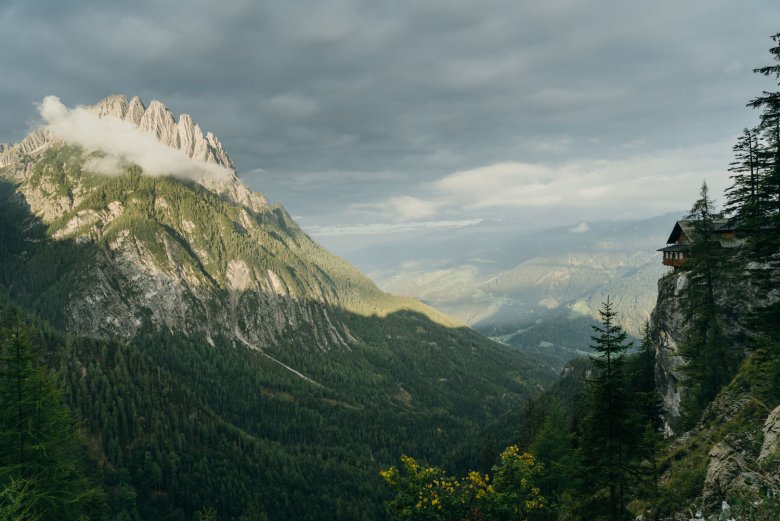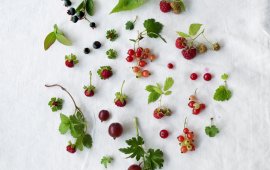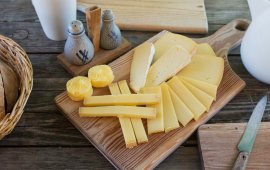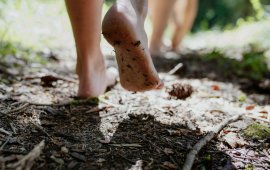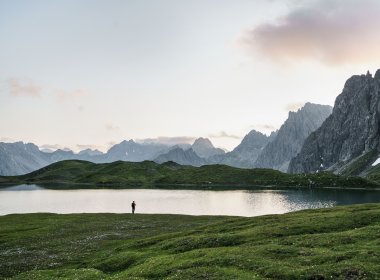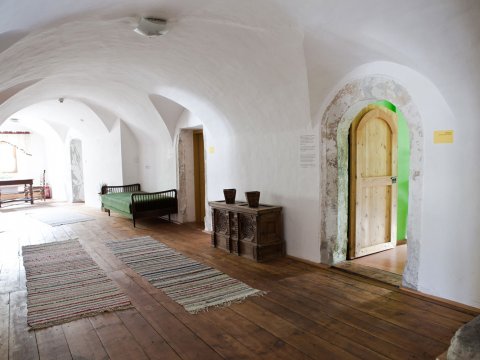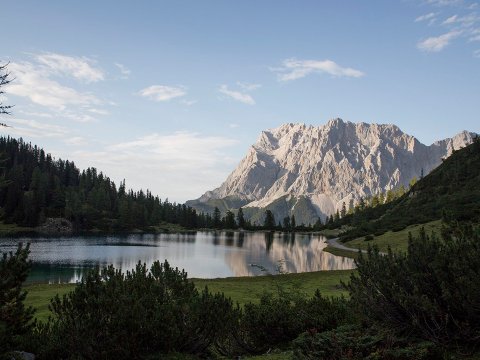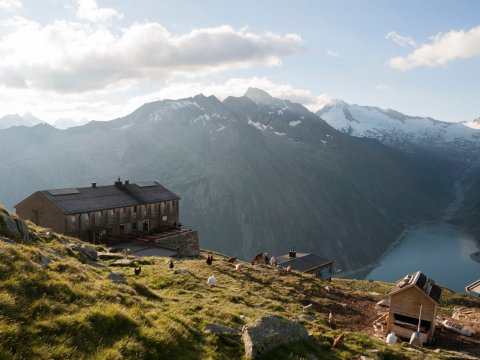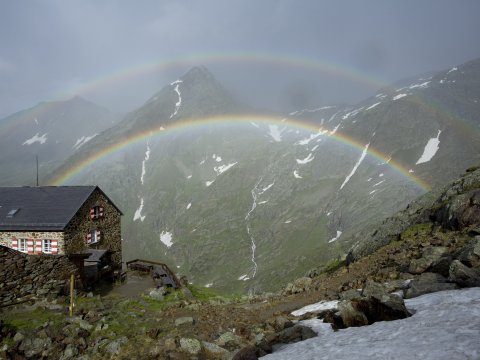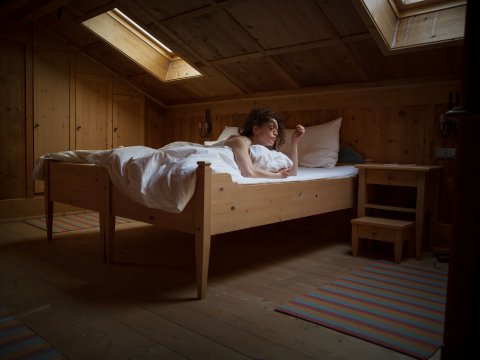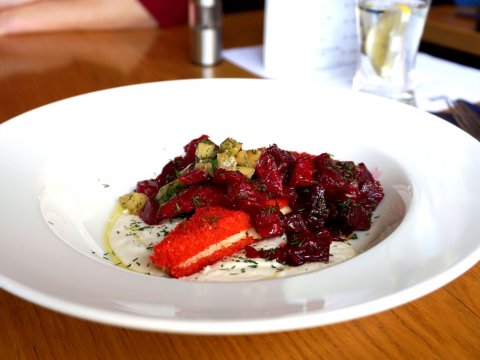Heaven for Hungry Hikers: Six of the Best Slow Food Huts
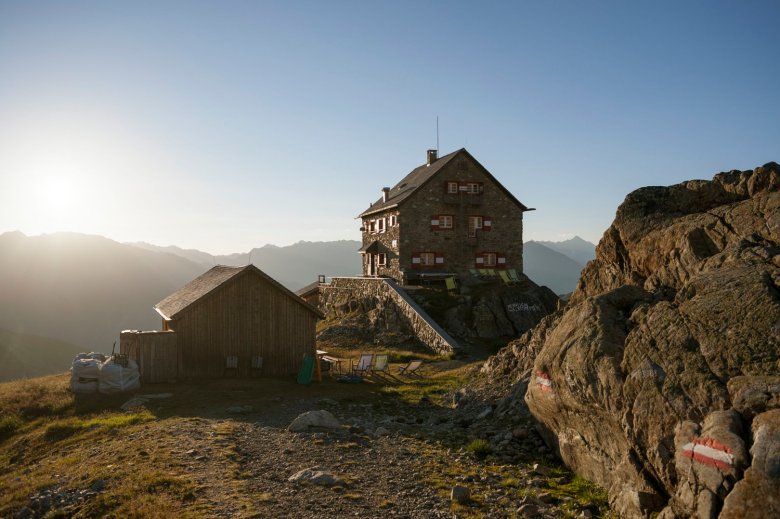
Muttekopfhütte, Imst
No ready-made soups, no glutamate, no flavour enhancers
Kaspressknödel (cheese dumplings) are an absolute classic Tirolean dish served at all good mountain huts, so what makes those on offer at the Muttekopfhütte so special? It’s the cheese, which comes from the nearby Dorfsennerei See dairy farm in the Paznauntal Valley. Cheese is just one item on the long listof locally sourced ingredients used at this hut perched high above the valley floor. Patrick Zangerl’s suppliers are a true who’s who of the local foodie scene. Eggs come from the Locherhof farm run by the Wöber family. They may not be 100% organic, but the hens there are kept in good conditions, explains Patrick, who has been to the farm himself to meet the owner. Beef comes from local livestock farmers in the valley, while game is not flown in from New Zealand but purchased from hunters active in the surrounding forests. “No ready-made soups, no glutamate, no flavour enhancers,” says Patrick. “Those are things I can’t stand eating myself,” he adds. “It’s all about the natural flavours – that is what I and other people want to taste.” Two or three times a season he makes a huge pot of jus, which he freezes for later use. Each and every morning he is up early baking bread for breakfast and packed lunches.
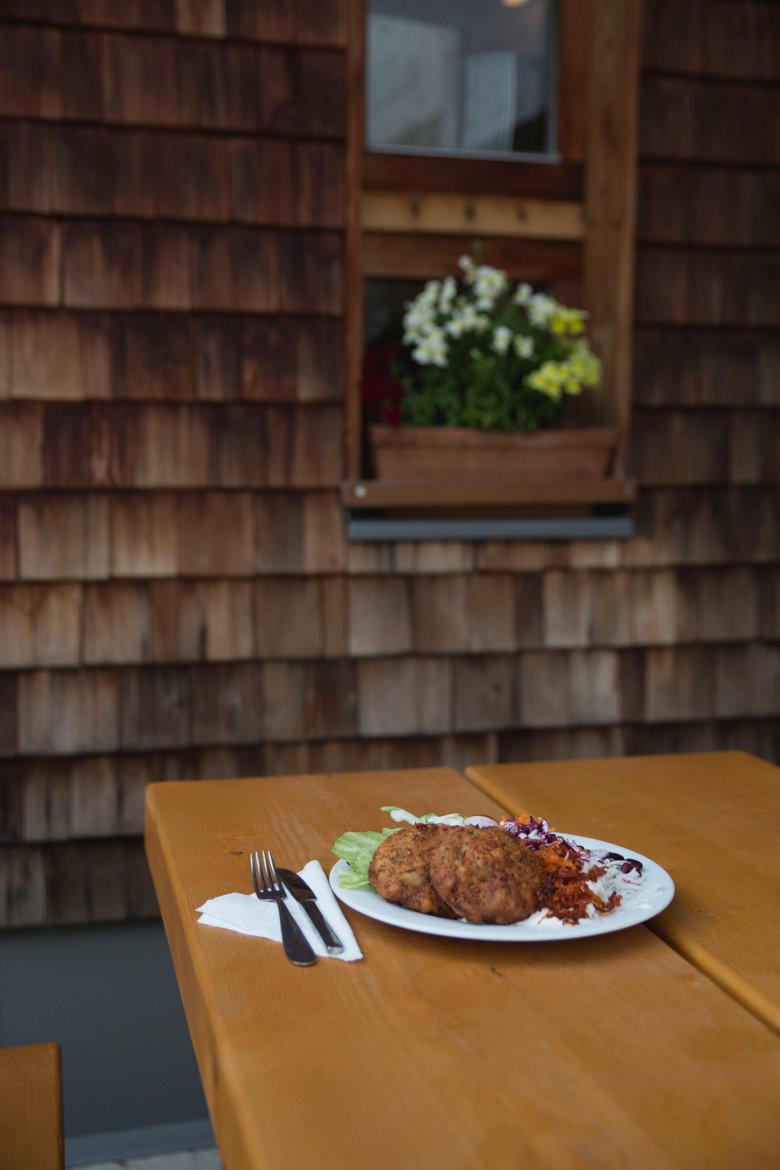
Hohenzollernhaus, Pfunds
We can tell our guests exactly what they are eating and where it comes from
Josef Waldner, who runs the Hohenzollernhaus, learnt to cook from his mother. “I grew up on a farm, so even back then we tried to make as much as we could ourselves and to use the ingredients we had as efficiently as possible with minimal waste.” This is approach to cooking continues today in his work at the Hohenzollernhaus. Josef still sources his meat from his father’s farm, other local producers or the village butcher, and he is on friendly terms with local hunters – all the game he cooks comes from the Radurschltal Valley. This personal relationship is essential, as he explains: “It means we can tell our guests exactly what they are eating and where it comes from.” We recommend trying the homemade pesto prepared using herbs growing on the surrounding pastures – which also happen to be used by Josef’s mother in their home distillery to make schnapps. One schnapps the family is particularly proud of is the “Spänling Brand”, a local delicacy made from a type of wild plum almost forgotten about until a few years ago.
Hochschoberhütte, Ainet
It’s not always easy to source everything locally
Visitors keen to try the taste of East Tirol should visit the Hochschoberhütte. Perched at 2,322 metres above sea level, it is run by Harry Lucca, who had his own restaurant in Upper Austria before following the call of the mountains and moving to Tirol. The fresh produce used at the Hochschoberhütte – fruit and vegetables, milk and cottage cheese – is purchased down in the valley, while game is sourced from a local hunter. Harry admits that it’s not always easy to source everything locally, but he is lucky that the local supermarket is also supplied by farmers and producers from the region.
The cheese served at the hut is ordered from the farmers’ market in Lienz. Whenever he finds time to travel down into the town, he always makes sure to visit the Naturbrennerei Kuenz distillery to buy a range of schnapps, fruit brandies and liqueurs. Indeed, the only schnapps he doesn’t get from Kuenz is pine schnapps, which he makes himself using the pinecones he finds between 1,300 and 3,000 metres above sea level – the area around his hut.
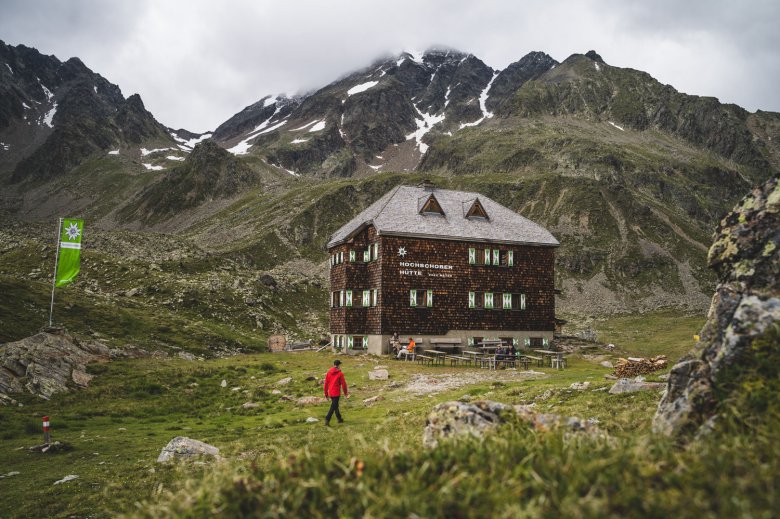
Lizumer Hütte, Wattenberg
The farmers here are more than just producers
Lukas Aichhorn and Tobias Spechter took over the running of the Lizumer Hütte hut in June 2019. Within just a few months, they managed to establish themselves as part of the local community. “The farmers here are more than just producers,” says Tobias. “For us, they are our neighbours, partners and friends.” A core part of the duo’s concept is sourcing ingredients from regional producers in order to support the local economy. A good example can be found in the cheese they use. It comes from the Alpe Lizum dairy farm just 100 vertical metres further down the valley. The farm’s cows graze around the hut, alongsidethe pigs used to create delicious pork dishes at the end of the season. “High quality but with our feet on the ground,” is how Lukas Aichhorn likes to describes their approach to cooking. In autumn, Lukas and Tobias use game caught by local hunters for their rich dishes, while firewood comes from a farmer in the nearby village and the schnapps and bread served at the hut come from the village of Absam. Meat is sourced from a family-run butcher in the small town of Wattens. Indeed, even the lemonade is local and comes from a small-scale producer in Wattens.
Erlanger Hütte, Umhausen
We give our local farmers a reason to keep going instead of packing it in
Environmental protection and sustainability have been core elements of the Erlanger Hütte since way before they became buzzwords. “We give our local farmers a reason to keep going instead of packing it in,” explains Christian Rimml, a trained chef who has been in charge of the Erlanger Hütte since 2008. Today, he continues to use seasonal produce sourced from the local region. Why? “One, it supports the local farmers. Two, it simply tastes better.” The food served at the Erlanger Hütte has become famous throughout the Ötztal Valley and beyond. It is a win-win situation: the local farmers sell their goods at a fair price, while Christian can be sure of getting the very highest quality. And, of course, the guest can settle down to a meal safe in the knowledge that everything on the plate is natural, local and seasonal.

Dolomitenhütte, Lienz
We always have the right beer to go with these hearty dishes
This hut in the heart of the Dolomites high above Lienz is an eye-catching architectural highlight in its own right – not least thanks to its incredible location perched on a rocky outcrop above a huge abyss. The hut is made from larch wood sourced from the surrounding forest. Scarlett Oresova and Juraj Oles continue this traditional vibe in the kitchen. The brother-sister duo travel down into the valley to go to the farmers’ market, while the seven cheeses on offer at the hut – as well as the milk, eggs and cottage cheese – are sourced from an organic dairy farm. Meat comes from an organic butcher.
The Dolomitenhütte is well-known for its game dishes. In autumn, visitors to the hut can look forward to goulash, ragout, sausages and other rich delicacies made from deer hunted in the Hohe Tauern Mountains. The hut also makes sure it always has the right beer to go with these hearty dishes, sourced from the Brauerei Loncium brewery in nearby Carinthia.
